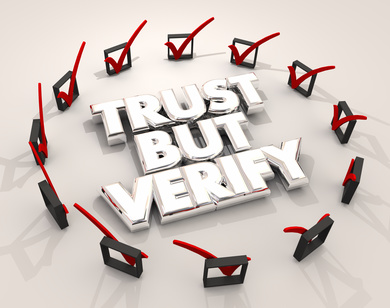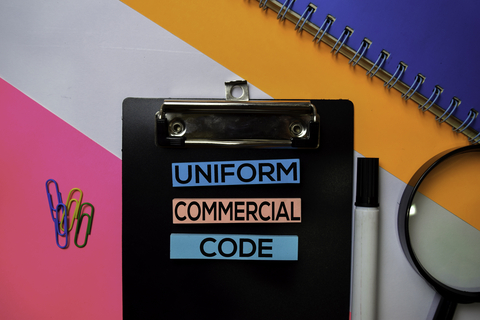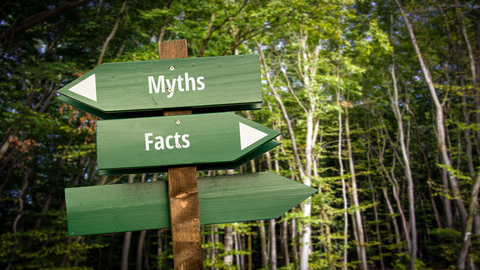Due Diligence Hall of Shame: Trusting just one source
You’re looking for a financial planner, a trusted adviser and professional. Where do you go? Maybe you try LetsMakeAPlan.org, a directory operated by the Certified Financial Planner Board of Standards. But, can you trust that your searches there will lead you to the right individual? According to a July 30th Wall Street Journal article, the answer is probably “No.”
The article explains that thousands of the planners listed in the directory “…have faced formal complaints from their clients over investment recommendations or sales practices, and hundreds have been disciplined by financial regulators or left brokerage firms amid allegations of misconduct.” Others, they continue, “…faced or currently face felony charges, including one who pleaded no contest to a charge of possessing child pornography.”
The Journal does its usual top-notch job of investigative reporting – complete with data, info graphic, and personal stories. They present the problems and inconsistencies, document the Board’s reaction (they took “strong issue” with allegations of weak vetting), and the changes made since the investigation (they’ve added disclaimers and links to FINRA and SEC directories).
The moral of the story, though, is this: You can’t trust just one source for your due diligence.
Too often, whether it’s for our health or due diligence, we’re looking for the one, magic answer. The pill that will cure us. The one website that tells us whether or not we can trust someone. No effort. No critical thinking. Unfortunately, it’s not that easy.
In investigations, as with our health, we need to gather lots of information from different sources, evaluate their authority and accuracy, and analyze the results – as a whole and how they pertain to our situation – to get some answers. If those answers don’t show up, go back and gather more, better-targeted information. Rinse and repeat.
Also, like our health, due diligence is ongoing effort. We don’t just get our answer and then move on. We need to monitor for new information or warning signs, again, as they relate to our current situation. Circumstances change, and people change.
A thorough check, using multiple trusted sources, takes time, energy, and attention, but it’s worth it. You’ll need to create a profile, develop a consensus, make an informed decision – rather than a snap judgment.
So, when we say, “Trust, but verify,” we mean your sources, too. There are no instant answers. Remain skeptical of any claims, and never, ever, trust just one source.




Outstanding article !!
Thank you, Rory!
Marcy – Your articles always make me, “stop – think – and step out the – forest.”
Troy L Fleming
Why thank you, Troy. That’s about the nicest thing you can say to a writer.